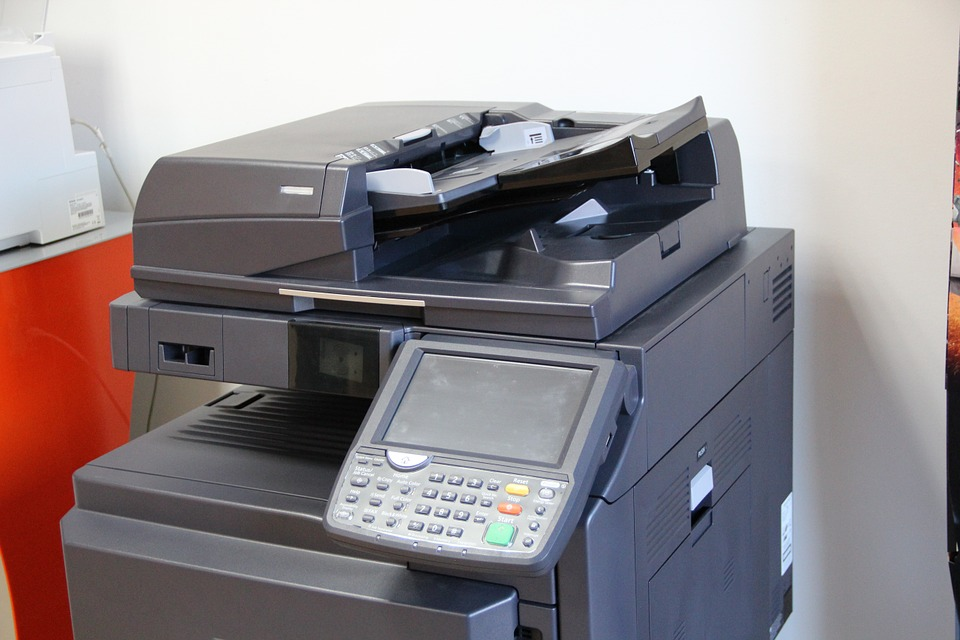Sound design in advertisements plays a crucial role in creating memorable experiences for viewers. It is the art of crafting sound elements to evoke emotions, convey messages, and enhance the overall impact of an ad.
Sound design is like the invisible magic behind an ad’s scenes. It’s all your sounds, from the music to the little details. Moreover, it can make you feel happy, excited, or even scared. It can also help you remember the ad long after seeing it.
However, let’s explore how sound design influences the effectiveness of advertisements.
How Does Sound Design Work?

Let’s explore some ways sound design makes ads unforgettable:
- Setting the mood: Imagine an ad for a refreshing drink on a hot day. The sound of ice clinking in a glass can make you feel cool and thirsty. Ultimately, it makes you want the drink even more!
- Building suspense: What if the ad is for a new thriller movie? Creepy sound effects and a tense score can make you feel on edge. However, you will be dying to know what happens next!
- Making you laugh: Funny sound effects can be the secret of a hilarious ad. A cartoon character’s wacky squeaks or a silly sound when someone trips can make you chuckle. Finally it makes you remember the ad.
- Highlighting key moments: Sound design can draw your attention to important parts of the ad. Moreover, a dramatic drumbeat might emphasize a product launch, or a whooshing sound could show a car speeding by.
Importance Of Sound Design: More Than Music And Sound Effects

Sound design is not just about music and wacky sound effects. Here are some other things sound designers use:
- Voiceover: A friendly voice explaining the product can make you feel like you are having a conversation.
- Foley sounds: These are everyday sounds recreated in a studio. Think of the crunch of potato chips or the rustle of clothes. They add a layer of realism to the ad.
- Layering: Sound designers can layer different sounds to create a rich and textured soundscape. This can be anything from bustling city noises to the hum of a machine.
- Silence: Believe it or not, silence can be powerful too. A quiet moment in a loud ad can make you pay attention to what’s happening on screen.
The Main Components In Sound Design
The role of sound design in advertisements is quite important because sound is one of the most important elements in reaching your campaigns.
Sound design is an integral part of the entire marketing process. Moreove, with the help of sound desinging, you can evoke the emotions, attitudes, and behaviors of the target audience.
However, in this section, we discuss and explore some of the main concepts associated with sound design.
Sound Design
To understand the role of sound design in advertisements, we must first understand it thoroughly. Sound design is the process of creating the original sound. Besides, it also helps modify the existing ones. Ultimately, it suits the purpose of the advertisement campaigns.
Sound design enhances immersion, design, and the campaign’s ultimate appeal. It also assists in creating and restoring memories. Moreover, sound design professionals can create a distinctive logo and an ambient soundtrack to set the entire mood. Sound design is an important part of this overall brand design.
Sound Editing
Sound editing is one process for arranging and modifying sounds. It helps create an audio track that is coherent and consistent throughout the entire brand campaign.
There is a lack of consistency in the sound output and design of the entire campaign. This is where the experts have their own role to play.
The sound editors are responsible for working continuously on coherence. Moreover, the editor adjusts teh volume and pitch and, at the same time, the timing of the sound to enhance or alter the sounds. This is one part of the entire development. The sound designers
Sound Mixing
This is one of the most important concepts within the periphery of sound design. It is the process of combining different sounds into an audio track.
The experts usually balance each sound’s levels, dynamics, and frequencies. The sound mixing creates a harmonious audio that creates an impact. They also de-emphasize some of the sounds according to the main objective of the campaigns.
A sound mixer can create the right amalgamation of music, sound, and voice. Moreover, they use diverse techniques to mix the sound and create a distinctive effect.
Creating The Most Engaging And Memorable Sound
You have understood the role of sound design in advertisements. However, in this section, we discuss some tips and techniques that can help you design the most effective and memorable campaigns.
First, you have to define the values and personality of the brand
Before creating the sound, you must have a clear idea of what your brand states and stands for. Discuss with the professionals the mood and style that you wish to convey with the help of your brand. At the same time, you have to create the intent.
Other than this, you have to select from the sound effects through which you can select the right message for your audience. Again, you need to use the elements of sound that help create the right contrast. It helps create coherence, consistency, and, at the same time, flow.
The Power Of Sound Branding
Great sound design can even help create a brand identity. Think of the iconic jingle for a fast-food chain or the roaring lion for a car company. These sounds become instantly recognizable and create a strong connection with the brand.
Sound design is a powerful tool in advertising. It can evoke emotions, enhance brand identity, create memorable experiences, and ultimately drive consumer behavior. By understanding the role of sound design and using it effectively, advertisers can create ads that resonate with their audience and leave a lasting impact.
So next time you see an ad that stays with you, take a moment to listen. You might be surprised by how much the sound design has to do with it!
Learn More Also:





















